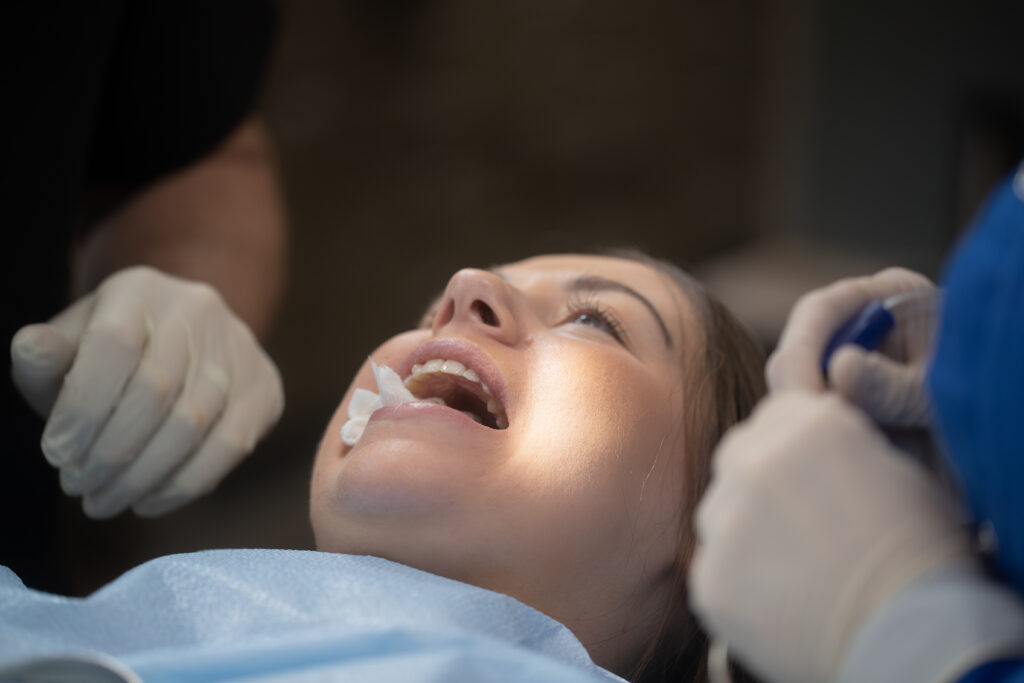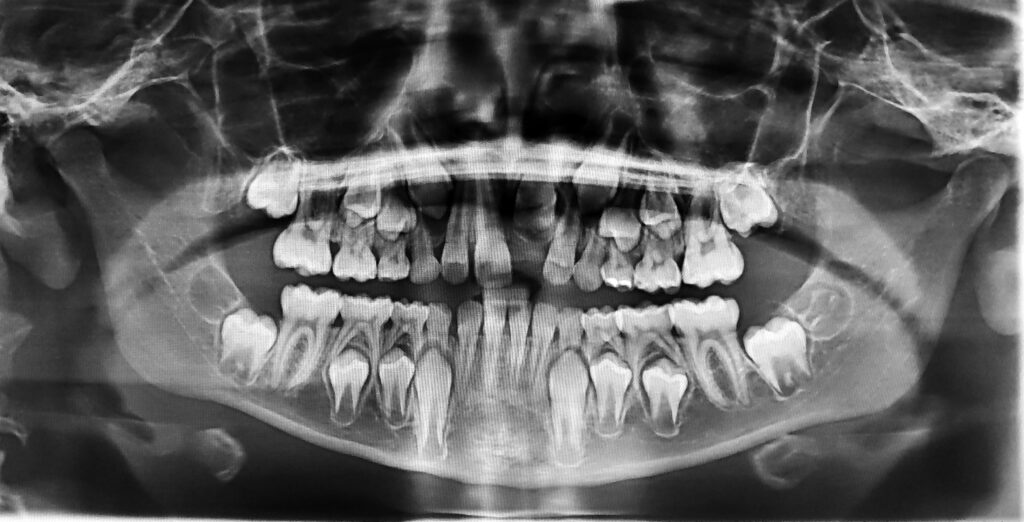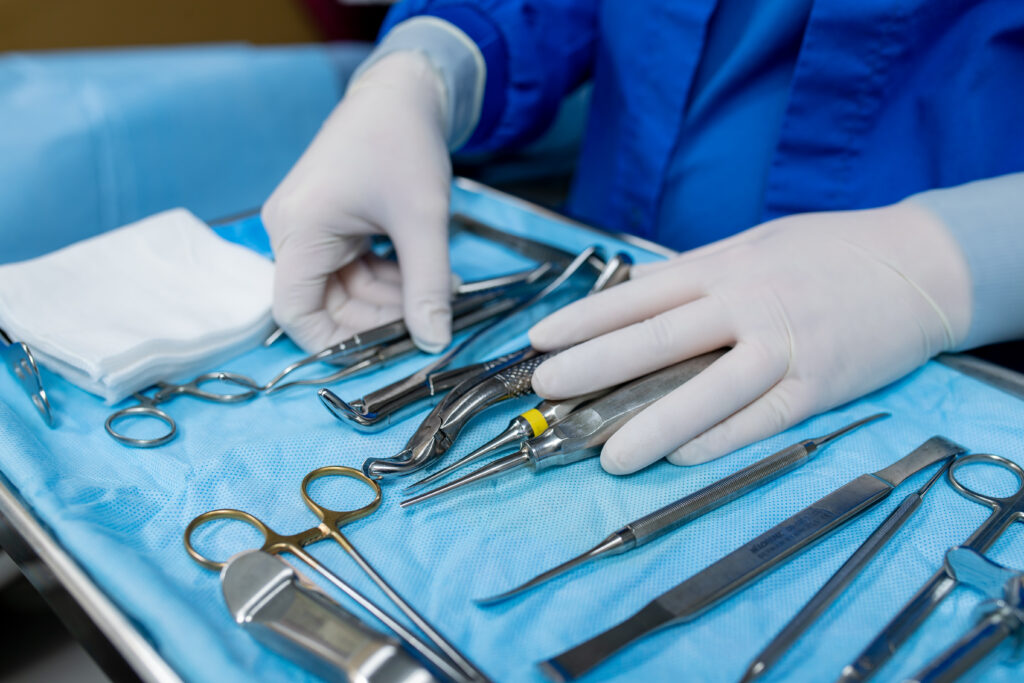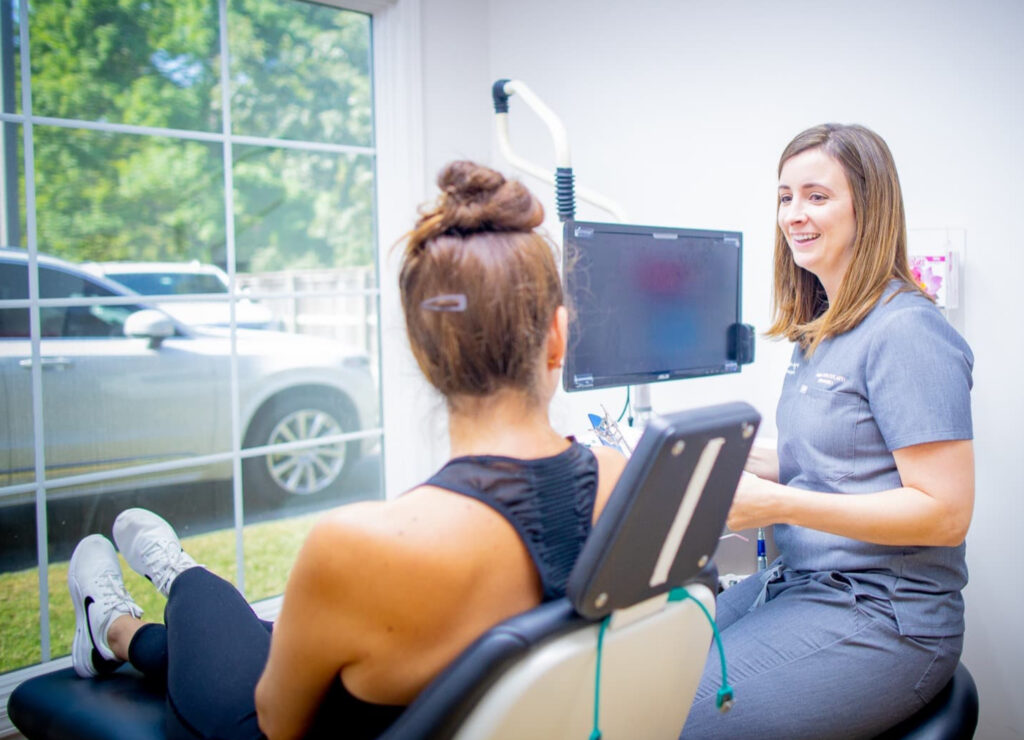The cornerstone of your smile
Impacted Teeth
Canines help the other teeth in your mouth align together properly and are usually the last to come in. These teeth have the longest roots compared to other teeth and are intended to be the first teeth that touch when the jaws close. They guide the other teeth to align into a proper bite and help alleviate some of the pressure when you chew.
However, because canine teeth emerge later than other teeth, they may become impacted. This means that a canine may be stuck and unable to fill in the correct place next to the other teeth. An impacted canine can cause pain, affect your bite, and place you at risk for infections.


Why is early detection key to successful treatment?
The American Association of Orthodontists recommends that patients receive a panoramic X-ray and dental examination when they turn seven. This is the common age that canine teeth erupt into the mouth. By checking earlier, dentists can determine whether the tooth may be impacted in the future, if not already. When this problem is caught early, the patient can be referred to an oral and maxillofacial surgeon who can place braces and brackets to direct proper growth of the canine. This can help minimize future complications.
What happens if the cuspid does not erupt when proper space is available?
Just because there is room for the eyetooth to move, does not mean that it will automatically do so. If the impacted canine does not naturally fill the space between the incisor and premolars, additional measures will need to be taken. Normally, an orthodontist and oral surgeon work together to create solutions for the impacted canine. Usually, braces will be placed on the cuspids to help them into their rightful arc. If there is no space for the impacted canine to move into, the orthodontist will use braces to create space.


What to expect during surgery for an impacted canine.
Oral surgery for impacted canines is very common. The procedure to expose and bracket an impacted tooth is relatively straightforward and requires little time. Our oral surgeons at West Texas Oral Facial Surgery use laughing gas or local anesthesia to sedate the patient. Then, depending on if the eyetooth needs to be exposed, bracketed, or both, the surgeon will perform the procedure. You will then be prescribed painkillers and be directed to designate time to relax and recover.
At West Texas Oral Facial Surgery, we have been performing surgery on impacted canines since 2000. We have years of experience and utilize cutting-edge technology for accuracy and comfort. When you turn to our oral surgeons, you get premium care and solutions. Visit our location or contact us online to schedule a consultation.
Get to know us.
At West Texas Oral Facial Surgery, we know how to help you. Our board-certified surgeons and expert staff can provide the care you need to relieve the discomfort you feel.

